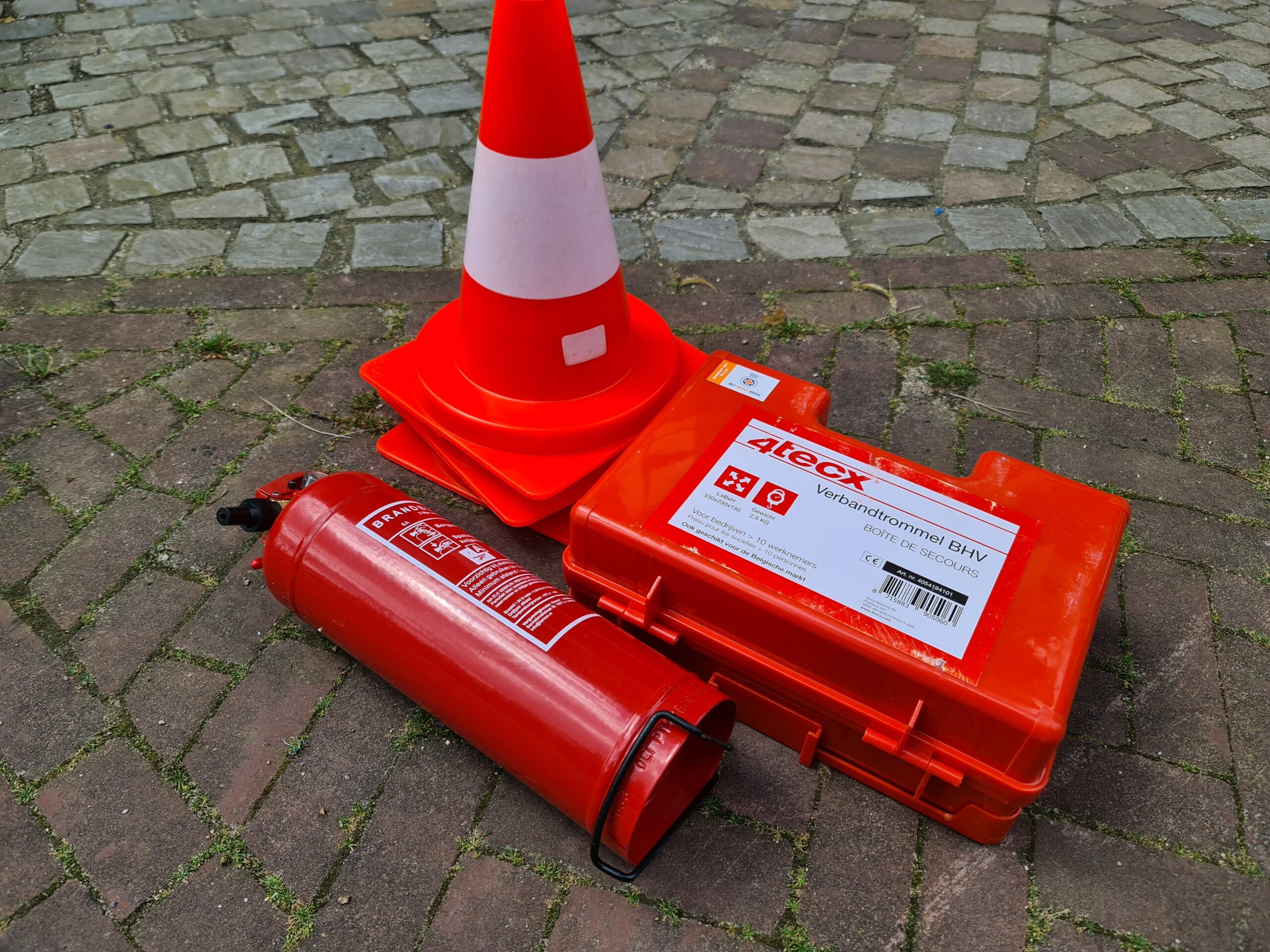At Droneprops & Media we strive to do our work as best as possible, with safety always coming first. Previously in a blog (More Read – Virtual facade inspection of the Klokgebouw in Eindhoven) we briefly talked about safety. In this blog we will discuss safety with drones in more detail.
How do we do that?
There are a number of key points that we take into account when it comes to safety. We are working to ensure safety before, during, and after the drone operation.
Before the operation we look at what needs to be done. We define the goal here. Is it a structure that needs to be inspected, or are we flying over large crowds at a festival site? How high should we fly? The environment where we fly is also important. For example, do we see tall buildings or other tall objects such as windmills or electricity pylons nearby? Or is it a wooded area with large trees? Is the area densely populated or is it a place where people do not often go, such as a meadow? Once we know the location, we will look at the type of area: is it an industrial estate, airport, or are there additional restrictions such as a no-fly zone?
The preparation for the operation
Once we have collected this information, we create a safety plan containing a risk matrix. We define the possible risks and multiply this score times the impact. If the score is higher than permitted, we will apply a mitigating measure. This means that we will minimize, or rather even eliminate, the risks. Consider avoiding crowds with the drone, or applying a parachute system to the drone. The mitigating measure to be applied will depend on the type of risk. We do everything we can to increase safety with drones!
The execution of the operation
At the time of the operation, we will inform air traffic control (if we are flying in a no-fly zone) that we are going into the air. We inform air traffic control of the operation at least 24 hours in advance by submitting a flight plan. Just before flight we communicate with air traffic control again for the final decision. During the flight we will be in continuous contact with air traffic control. This is very important, because if, for example, an air ambulance flies in the area, we will be immediately informed and then asked to land the drone safely immediately.
“We have a radiotelephony (RT) certificate, which means we are authorized to communicate with air traffic control.“
In addition to communicating with air traffic control, we also communicate with those involved on location. We provide the latest information and share our plan for the operation. This is also called a briefing. We also let you know what actions need to be taken in the event of an accident. Each person is given a specific task. This includes calling emergency care.
We cordon off the flying area for uninvolved persons. This way we minimize the chance that in the event of an accident the drone will not fall on uninvolved people. We try to avoid the risks and increase safety with drones.
We also have a fire extinguisher and a first aid kit with us at all times. The fire extinguisher is intended to immediately cool and then extinguish the drone battery if it catches fire. The first aid kit can be used for unexpected events.
After the flight
When the drone lands, the operation is not finished yet. We first report to air traffic control that we have landed safely and that the operation can be canceled. We then put all the stuff in the right place and drive home safely.
Whether it concerns a meadow or a no-fly zone, Droneprops & Media is authorized to carry out the operation safely in all kinds of areas.
Do you have an interesting project for us? Contact than us, and we provide a quality product where safety always comes first, guaranteed by Droneprops & Media!

